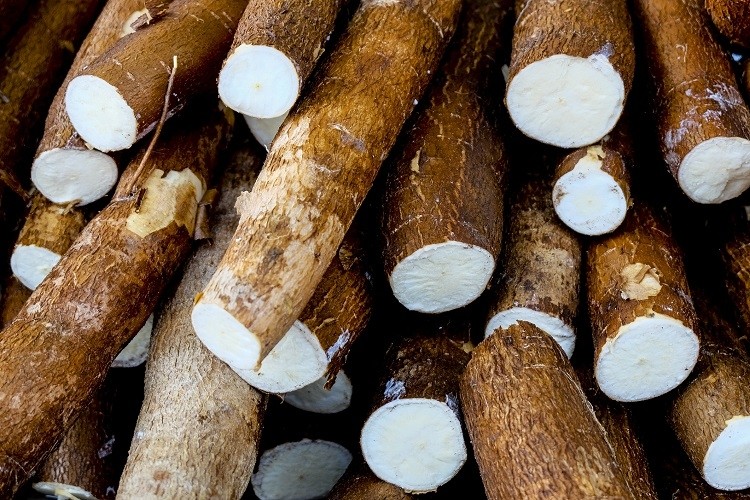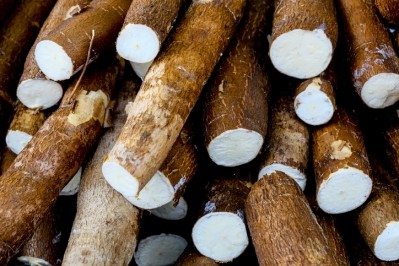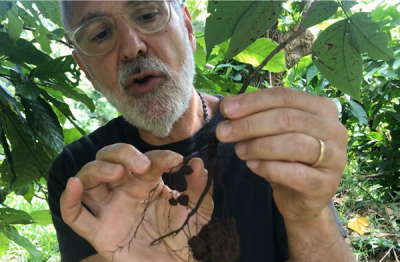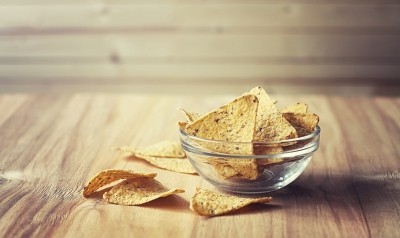Frito-Lay files patent for native cereal, root and pulse snacks

Writing in its international patent, the snack major said its invention enabled expanded snacks to be made using a blend of various starches, including native cereals like maize and wheat; native roots like cassava and sweet potato; and native pulses like beans and peas.
“The present invention is at least partly predicated on the finding by the present inventors that when different starches are processed to form a starch-based snack food pellet, the starches tend to have different original properties prior to processing to form a pellet; different processing parameters to form a pellet; and different material and structural properties in the resultant pellet,” Frito-Lay wrote in its patent filing.
Potato starch, for example, was far easier to gelatinize when subjected to heat and moisture compared to native cereals, roots and legumes, it said, because these non-potato starches required a “high thermal energy” to provide a corresponding proportion of gelatinized starch.
Because of this, Frito-Lay said sit was “difficult to process” non-potato and potato starches in a way that resulted in “typical sensory characteristics” of expanded snacks. It was very easy, for example, to under-cook the native cereal, root and pulse starches, which meant they wouldn't fully expand, and over-cook the potato-based starches. Both resulted in the loss of a uniform, light and airy expanded snack – all desirable characteristics for expanded snacks, it said.
“The present invention aims to solve this problem of the production of known snack foods produced from pellets having a mixture of potato starch(es) and non-potato starch(es).”
Mechanical and thermal energy
Frito-Lay said its invention relied on a pre-process step. The native cereal-, root- or pulse-based starches were processed first, using mechanical and thermal energy to ensure these starches were cooked and gelatinized. This was done at temperatures of 157-172°C or under pressure of 6-8 bars.
Only then could potato-based starches be incorporated into the mix and made into a pellet using extrusion, it said. The pellets could then be fried, baked, microwaved, extruded or popped.
This additional pre-process step, Frito-Lay said, ensured a “desired control over the starch processing of a mixture of potato and non-potato starches for forming a pellet”.
Using this production method, it was possible to make snack pellets that contained a majority of native cereal, root and legume starches (between 40-70 w% ) and a minority of potato-based starches (10-40 w%)of the final starch mixture in the pellet.
“In accordance with the preferred embodiments of the present invention, instead of processing the whole starch-containing recipe using a common cooking and extruding process, thus potentially undercooking at least one of the starch components and/or overcooking at least on other starch component, with a consequential negative impact on the snack food quality, the different starch ingredients can be individually and separately processed during cooking and then combined before extruding and shaping the product,” the snack major wrote.
Source: WIPO International Patent No. 2018220006
Published: December 6, 2018. Filed: May 30, 2018.
Title: “Manufacture of snack food pellets”
Author: Frito-Lay Trading Company GMBH – J. Williams, M. Oost Indie, K. Ezzat and R. Mallinder








